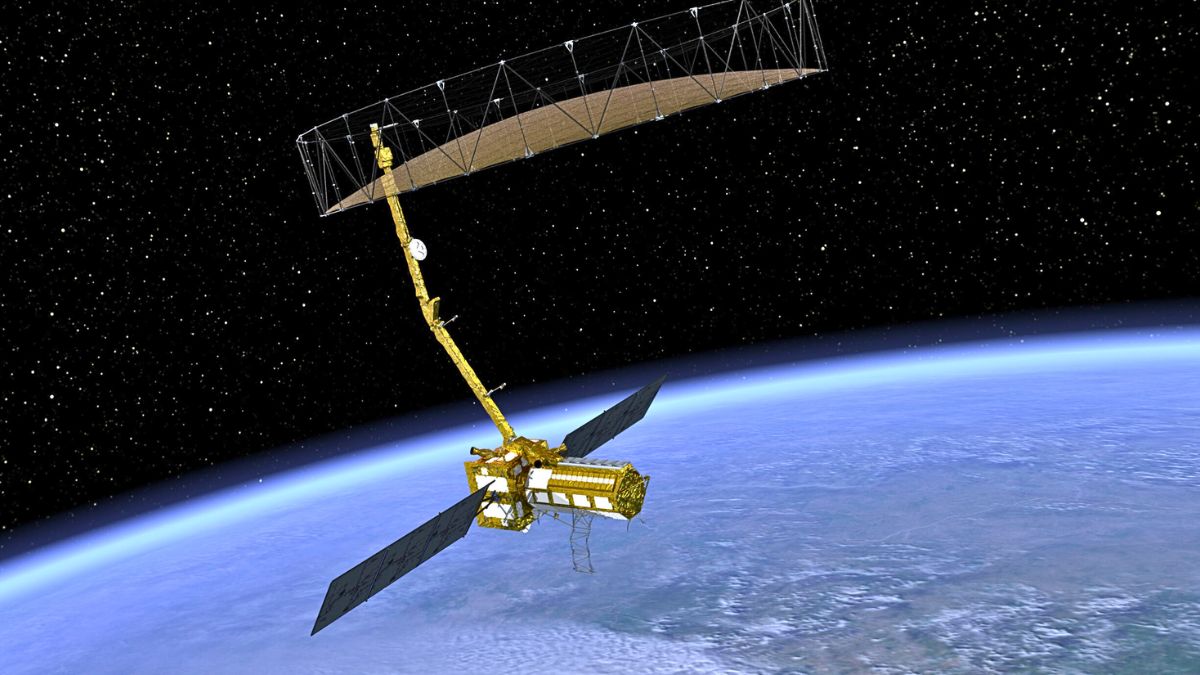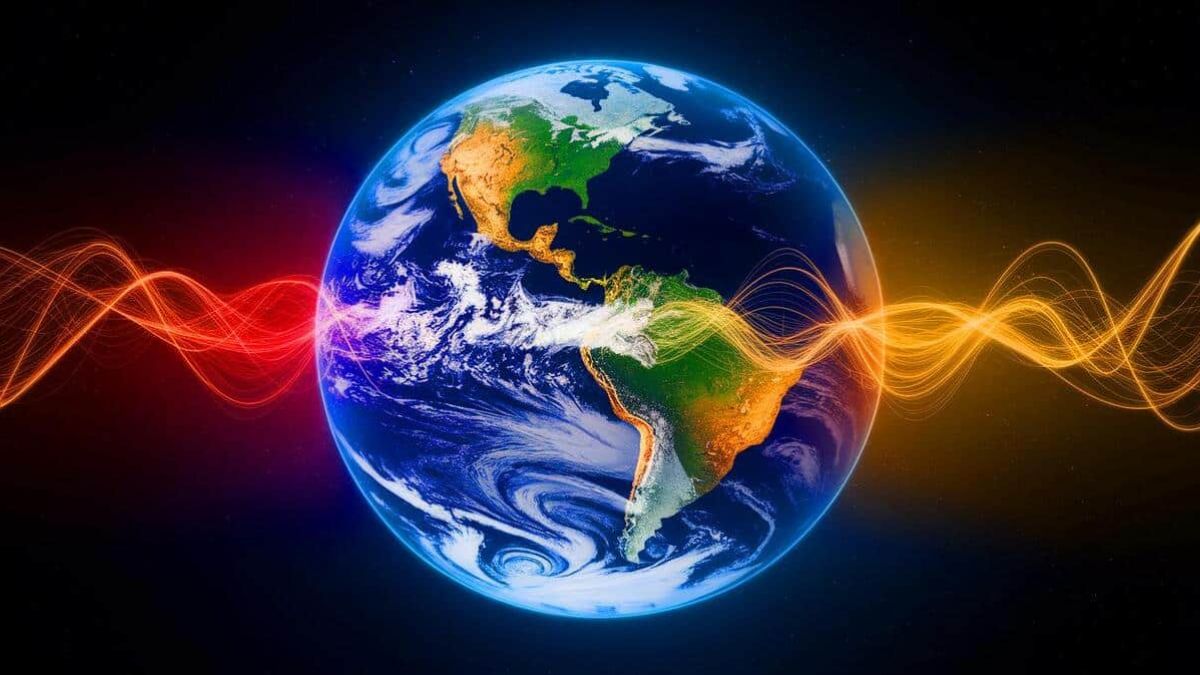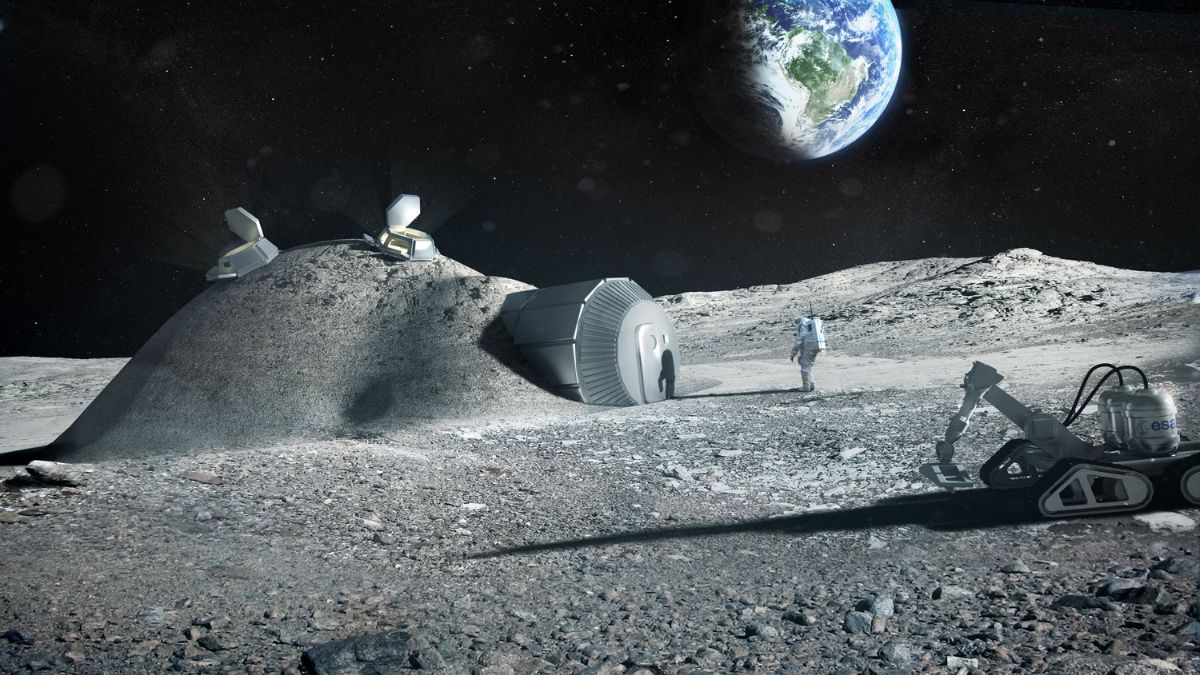By now, global warming is no longer a surprise to anyone. But what many don’t know is that NASA was one of the first organizations to seriously sound the alarm about it. While warnings came early, action came too late. And now, NASA is taking a bold new step to track one of the planet’s most harmful trends: increasing air pollution. Spoiler alert—it’s not looking good.
This is where TEMPO comes in, a satellite mission designed to give us a clearer, more urgent view of the pollution clouding our skies and hurting our health.
Concern
Air pollution isn’t just about smoky skies or bad smells—it’s deadly. Recent research shows it contributes to millions of premature deaths every year, causing everything from heart disease and lung cancer to strokes and asthma. And it’s not just a health issue—it affects our climate, damages crops, and accelerates environmental decline.
NASA has been closely watching how pollution changes over time. What they’ve found is worrying. Developing countries are seeing pollution spikes as their economies grow, and even in wealthier nations, progress has been uneven. Wildfires, weather patterns, traffic, and industrial emissions all contribute to the problem.
With more people moving into cities and more pollution sources popping up, NASA realized that ground-based monitoring isn’t enough. They need something bigger, smarter, and able to keep up with real-time changes. Enter TEMPO.
TEMPO
Short for Tropospheric Emissions: Monitoring of Pollution, TEMPO is a high-tech satellite that will orbit above North America and collect detailed air pollution data every hour. Developed by NASA and the Smithsonian Astrophysical Observatory, it’s the first satellite of its kind to monitor air quality from a geostationary orbit.
So what exactly will TEMPO measure? A whole list of pollutants, including:
- Ozone
- Nitrogen dioxide
- Sulfur dioxide
- Formaldehyde
- Aerosols
- Cloud conditions
And it won’t just give a general overview. TEMPO is equipped with high spatial resolution to zoom in on cities, highways, industrial zones—any major pollution sources. This allows scientists to track the origin and spread of pollution with unmatched accuracy.
Impact
The launch of TEMPO marks a turning point in how we understand air pollution. For the first time ever, the United States, Canada, and Mexico will have hourly updates on their air quality—from space.
That means scientists can identify pollution spikes in real time, track how emissions change during the day, and even study how pollution travels from one region to another. Cities with the worst air quality will be clearly identified, along with patterns that might surprise us.
TEMPO will use ultraviolet and visible light to analyze the atmosphere. This powerful spectroscopy tool helps detect chemicals we can’t see with the naked eye—but that we definitely breathe in every day.
Future
With this mission, NASA hopes to bring more than just data—they want to spark awareness and action. All TEMPO data will be publicly available. That means local governments, environmental agencies, researchers, and even regular people can see what’s in the air they breathe, hour by hour.
Better data means better decisions—whether it’s issuing smog alerts, adjusting traffic rules, or designing policies to reduce emissions. And maybe, just maybe, it will help push the conversation beyond symbolic climate pledges and into real-world change.
Of course, only time will tell. But one thing is certain: TEMPO is one of the most advanced tools we’ve ever had to know how we’re harming the atmosphere—and maybe, how to fix it.
FAQs
What is TEMPO?
A NASA satellite tracking air pollution hourly over North America.
What will TEMPO measure?
Pollutants like ozone, nitrogen dioxide, sulfur dioxide, and aerosols.
Why is TEMPO important?
It provides real-time data to improve air quality forecasts and policies.
Who can access TEMPO’s data?
The data will be publicly available for governments and communities.
How will TEMPO help reduce pollution?
By identifying pollution sources and tracking trends for better decisions.























